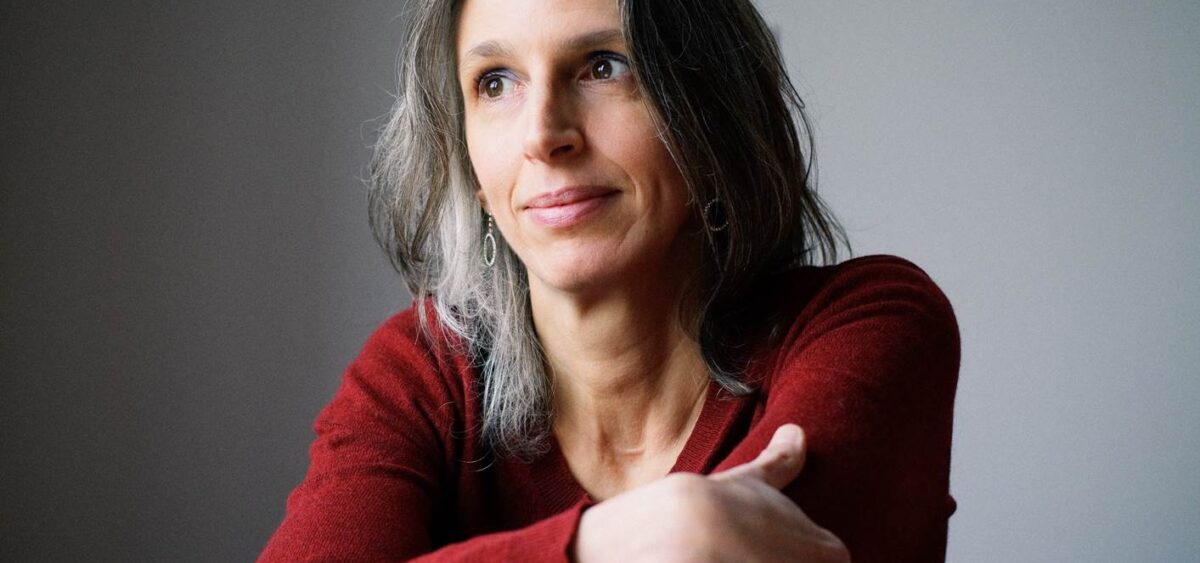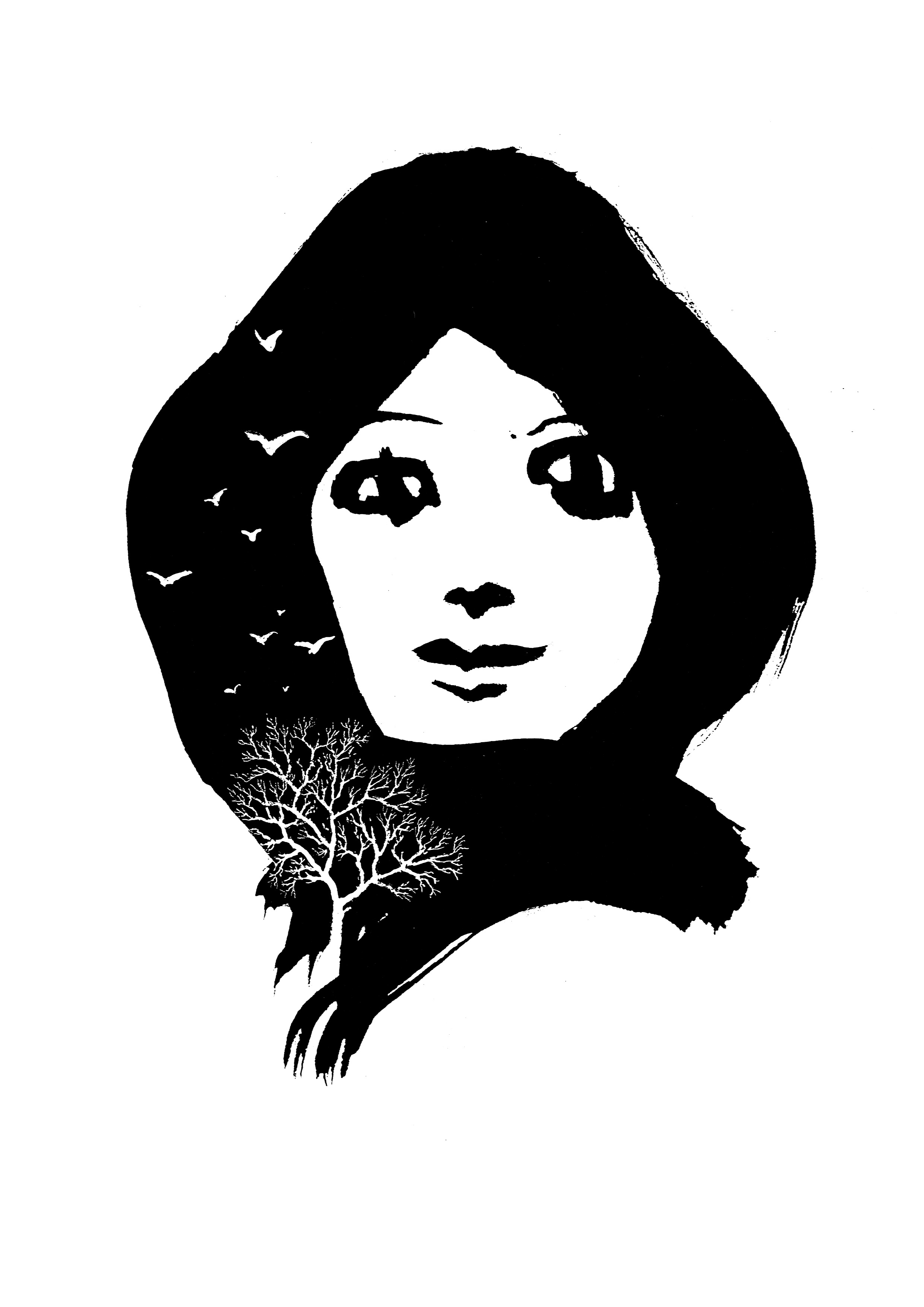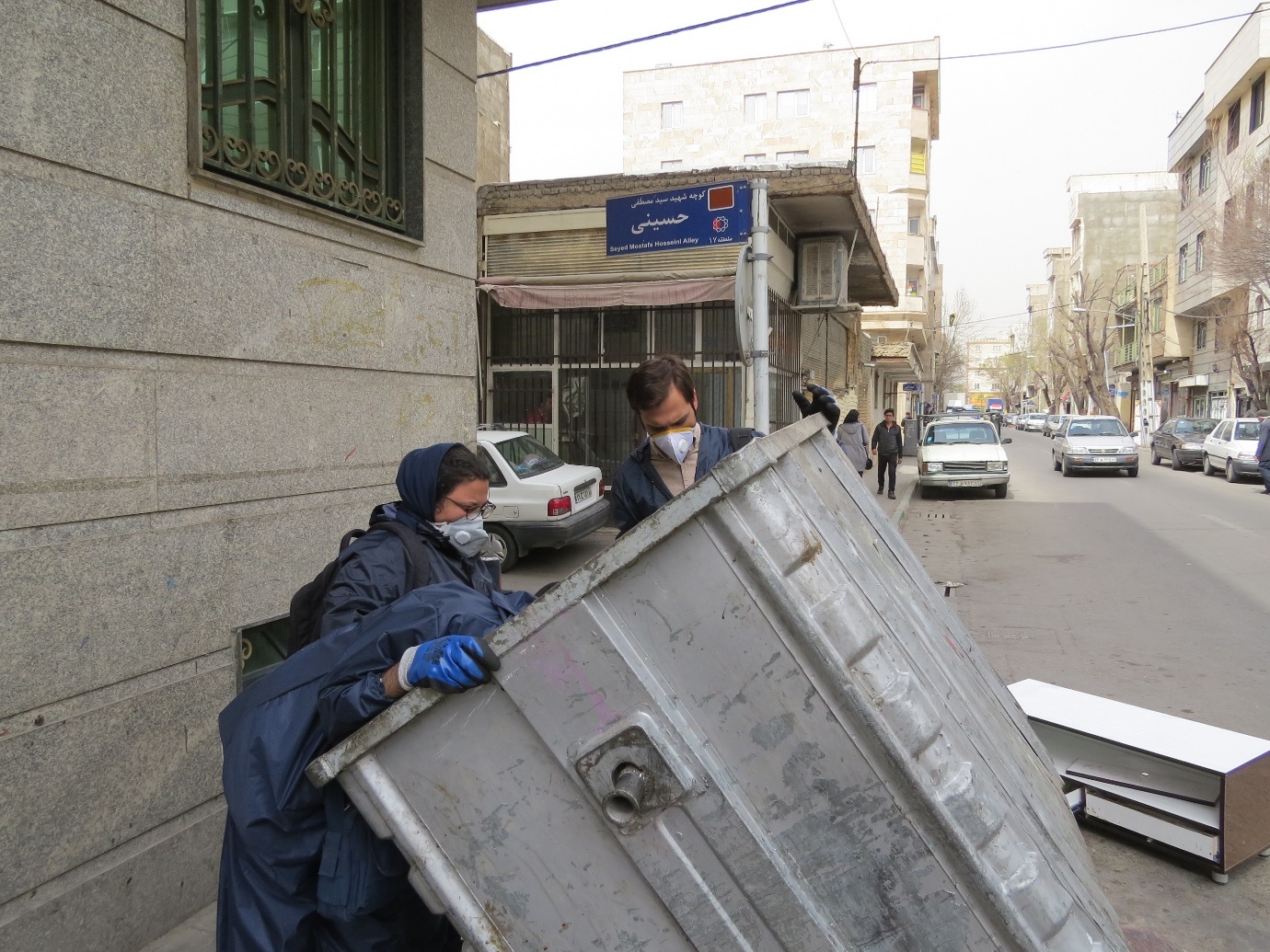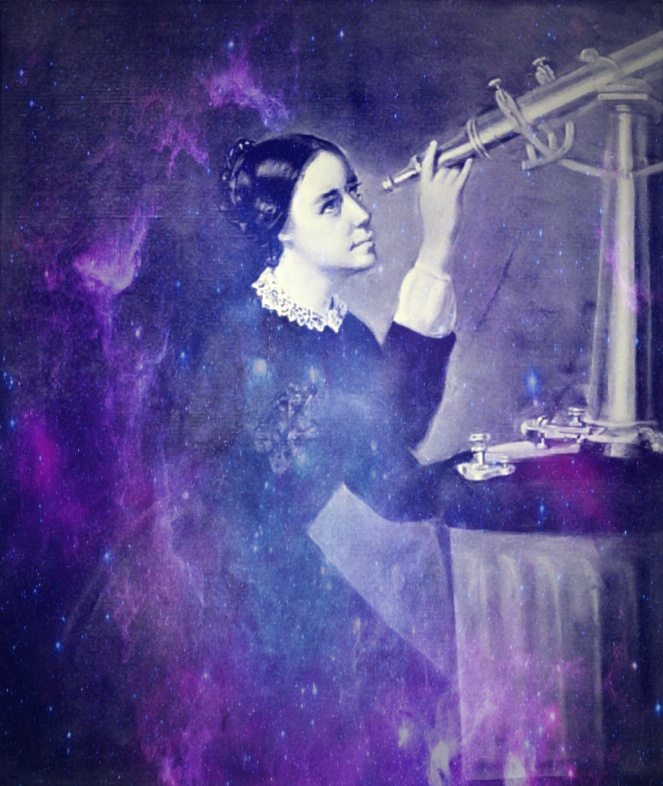
French essayist and writer Mona Chollet, author of the book Sorcières – La puissance invaincue des femmes [Witches: The Undefeated Power of Women] talks about why women should be sorceresses, the history of persecution of women, and contemporary culture, which is still discriminatory.
Paulina Małochleb: Your book says that at bottom, our society hasn’t really evolved since the 16th century, and though the forms of violence have changed, witch hunts are still organized.
Mona Chollet: The patriarchal nature of our society hasn’t changed. The witch hunts that lasted from the 16th to the 17th century symbolize that moment in European history when, under the law, a large number of women were persecuted and murdered. The victims were the ones who in any way, often only apparently, departed from imagined norms, meaning first of all women who were independent, single, widowed. Suspicions were aroused by the mere fact of being independent from male authority, which only increased the risk of an accusation. Women became the victims of men – both those who arrested them, and those who failed to defend them. Because not many men stood up for their relatives, close or distant. They held back, either out of fear or because they themselves were convinced of the women’s guilt. It seems to me that today violence against women has been privatized; it happens in situations where a woman rejects a man’s advances, decides to leave her partner or breaks up with him. These are the vivid situations when violence is obvious, visible.
But for such violence to occur, it has to be preceded by symbolic violence, a type of permission for physical violence.
Yes, and such violence in our culture is both more insidious, harmful, and also less visible. That’s where the danger lies. It appears in less obvious forms, for example in the range of negative stereotypes of women who live alone: they’re presented as embittered and desperate. We have kept, completely unchanged, the view of the ‘old maid’, eaten away by sexual frustration, even though today declining to live in a partnership is not in any way related to a need for sexual abstinence. And even if that were the case, abstinence doesn’t lead to psychological changes; it doesn’t at all create lasting harm to health, as is often attributed to ‘old maids’. Many women, in spite of themselves, believe in such derogatory stereotypes and choose to live in partnerships at all costs; they put up with sterile relationships or openly violent ones.
Why does the figure of the witch become the fundamental figure in your story about this history of women?
I’ve been fascinated by witches since childhood. I write about how strongly I was shaped by the figure of Flutter Mildweather, the good witch from the Maria Gripe book The Glassblower’s Children. Later I was absorbed by the books of Starhawk, a neopagan witch from California, today an author in her 60s. But I never particularly thought about writing on this subject. Initially I vacillated between two questions: women who consciously give up having children, and old age in women, perceived by society in much harsher categories than old age in men. But I came to realize that both of these subjects meet in the figure of the witch, and I wanted to follow this thread: what remains from the witch hunts in our imaginings, in our way of presenting things?
What were the consequences of the witch hunts? Did they affect the way women are perceived?
I believe these events changed the way women in Europe lived at the threshold of the modern age. It doesn’t matter what kind of behaviours, considered abnormal and criminal, were connected with the actions of women accused of witchcraft. It was always just a pretext for accusations, and at base it was about a mechanism for choosing a scapegoat – women. The charges were widespread. In the 16th and 17th centuries, historians estimate, 50,000-100,000 women were burnt at the stake. We don’t know how many didn’t live to be executed, instead committing suicide out of fear; how many died in prisons; how many were lynched. But the scale of suspicions meant that women quickly started to choose an invisible way of life, because that gave them the chance to survive. They were accused of witchcraft much more often than men. The Hammer of Witches (or Malleus Maleficarum), a handbook for hunting witches and a flagrantly misogynistic book, was most likely the first bestseller in the history of printing… it was published for the first time in 1487, and reprinted 15 more times. During the infancy of print it had a print run of 30,000, which is all the more astonishing as during interrogations, questions were asked that were developed by its authors, Heinrich Kramer and Jacob Sprenger. Out of necessity, women chose submissiveness, so I also believe that in our imaginings of ‘bad women’ there remains a trace from that era: women who are single, childless, old are considered bad – as if we were reading from the recommendations of the authors of The Hammer….
While it may seem that witch hunts are a product of the ‘ignorance’ of the Middle Ages, you show that it’s a product of the modern mind, which in extreme cases reach even to the Enlightenment: the last witch, Anna Göldi, was decapitated in Switzerland in 1782.
Erroneously consigning witch hunts to mediaeval times allows us to distance ourselves, to place them in a period that we see as dark, obscurantist. Meanwhile, the hunts are another, darker face of the great era of rationalism and humanism, when humanity moved toward progress. We can see clearly that to a large degree, this development came at the cost both of women and of nature, conceived in similar categories by the men who held power: as elements of disorder, related to a lack of control, danger; impossible to be tamed, brought into line. The witch hunts are a sign that we should look at progress closely, sceptically. This is essential today, because the heightened significance that the world attributes to the great themes of the Renaissance, such as humanism and rationalism, clearly shows their limitations. This can be seen, if nowhere else, in the destruction of ecosystems performed under the banner of man’s primacy over nature.
So how do you understand the process of women’s liberation? Are its effects permanent, or is there a school of thought appearing on the horizon that could reverse its achievements?
Liberation is a process that must be continuously renewed, because the potential threats are infinite. Liberation has never been complete; it has never reached all women from all the social strata. So even if we move backwards on the path of liberation, we maintain the memory of it, and never start from zero, because periods of relative liberation leave a trace in our memory. Awareness about this course of history today seems all the more important, as it should become common knowledge so that future generations of women won’t have to discover all over again what their predecessors established and worked out.
One of the objects of your analysis and criticism is the discourse conducted by illustrated women’s magazines: it turns out to be excessively oppressive and patriarchal; it plagues women who don’t fit the ideal model. Why does this happen?
The conservatism of these magazines has a long tradition; their modernity is only superficial. They use colourful pictures to transmit and strengthen social norms that existed much earlier, taking control over how they’re worked out in the tastes of the moment. Unless the background of the era changes. It’s not women’s magazines that initiate change; they can only follow it, and always with a delay. They build a portrait of the ideal woman: young, slim, heterosexual, in a relationship, a mother. Always subordinated to the good of the family and her partner, devoting the bulk of her time and resources to fulfil precise aesthetic demands, torturing her body for it to meet these restrictive requirements. Depending on the audience, women’s magazines stir up proper female insecurities, because a woman who’s self-confident, satisfied with her own body, buys less! At the same time, they often describe subjects related to the life and duties of women that we don’t find in other media. This is how the trap closes on women.
From the perspective of your book, the history of women is simultaneously an alternative history of medicine.
Among the women accused of witchcraft and sentenced for this reason there were many midwives and herbalists, village healers, true folk doctors. Suddenly they started to be perceived as cooperating with the devil. They were placed under suspicion because they helped women give birth, and it was assumed that they also helped many to miscarry – which in that era happened much more often than births. Their ranks were winnowed; the ones who survived were terrorized. This is how attempts were made to take control of women’s fertility, to supervise the course of pregnancies, to establish a male presence during the time of birth. Eliminating the healers opened the path to the dominance of official medicine, completely masculinized. In France over the last few years, much has been said publicly about medical violence, obstetrical and gynaecological, and often about the harassment of female gynaecologists by their supervisors and colleagues. I believe it’s no coincidence that medicine is simultaneously male and violent.
The issue of violence against women is today a key subject of public discourse – not only on the medical level.
The liberation of the female way of storytelling that came with #MeToo was very good. But I believe that #MeToo became a mass movement precisely because it was preceded by individual cases. After all, violence was talked about earlier: it was a form of preparation, it’s what caused this campaign to explode on an unprecedented scale. I also believe that we have to work through the consequences of #MeToo – not only the legal system, the institutional prevention of violence, but also a change of consciousness: this kind of women’s freedom brought with it a destabilization of our reality; it made us start to look at our world and our society in a new way, to see things in it that earlier were hidden. We suddenly saw the size and scope of violence against women and the complete dismissal of their testimonies. That’s not empty talk. Look at one of the best publicized statements: Uma Thurman’s story about the working conditions on Quentin Tarantino’s film Kill Bill and the way the director treated her changed the way his work is perceived. It also cast a new light on the reality of Hollywood: it showed that even stars, famous names, struggle with situations that until now were seen as happening to families from the margins of poverty.
‘Sacrifice yourself’, ‘serve the family’ – these are the duties that are most often laid out for women.
In the eras we’re talking about, people believed that women were frivolous, vain and sensual, while in fact it was the exact opposite: they very quickly adopted a value system that placed the good of others above their needs and aspirations. Still today, women are more insecure than men about their talents and intellectual potential. They don’t feel sufficiently entitled to take action; they don’t believe they can create or produce art or other works that are interesting for a broad audience. Many academically and artistically talented women have been upstaged or cut off on their paths by a colleague or partner who was distinguished in the same field. That’s why I think you have to believe in yourself and have the courage to treat your own desires completely seriously, and give them priority over the needs of others.
What can we do to avoid being thrust into these stereotypical roles? To not forget about ourselves and our own needs?
We need to convince women of their own value – constantly. Explain that they have the right to act in accordance with their ambitions. To not allow themselves to be intimidated. We have to teach them resilience to attempts to shame them or assign blame to them. We have to harden ourselves against being knocked off our pathway, narrowing our perspective. We have to do this with full consciousness that if we manage to achieve autonomy and independent thought, sooner or later somebody will accuse us of egoism, careerism and heartlessness. And it will be sooner rather than later. And not just once.
It’s very important to me not to raise my daughter as a delicate little pink princess. But recently I noticed that I call the little toy figure in a white smock ‘nurse’, and not ‘doctor’. I let my guard down when playing, and this type of stereotypical thinking filtered through me.
I think you need a lot of flexibility and tolerance in raising children. It’s obvious that all of us have adopted certain stereotypes, so we should never feel guilty, and we shouldn’t accuse others when these stereotypes show up in good faith. When it comes to little girls, it seems to me that the most important thing is leaving a large margin of possibility: don’t forbid them from dreaming about princesses, if they have them. But also, remind them that they can always take on all possible roles, that they can imagine everything, that they shouldn’t give up on anything just because they’re girls. That just as much as princesses, they can be pirates.
Parts of this interview have been edited and condensed for clarity and brevity.










